Teaching Journey & Lesson Plan
The Story: Building Stories Through Play
In this activity, the classroom transformed into a hub of creativity and exploration. I set out various manipulatives and objects for the students, including blocks, LEGO, playdough, and toy animals. With no structured instructions, the students naturally engaged in play, weaving stories as they interacted with the materials.
Some students built towers and castles with blocks, while others used LEGO pieces to construct houses or vehicles. A few molded fruits, animals, and characters with playdough, creating imaginative scenarios. As they played, I engaged with them by asking open-ended questions designed to provoke mathematical thinking:
“What is happening in your story?”
“How many fruits, people, or items are in your creation?”
“What is the problem in your story, and how can it be solved?”
These questions led to rich conversations, connecting the students’ stories to math concepts such as counting, addition, and spatial reasoning. After their playtime, the students transitioned to their journals, where they drew and wrote about their stories. Many incorporated math-related problems, such as calculating how to share food among characters or estimating the number of blocks in their structures.
To celebrate their creativity, we projected their stories onto the screen for a group discussion. Students eagerly shared their ideas, posed questions, and offered suggestions to their peers. This activity not only fostered collaboration and problem-solving but also developed their language, communication, and mathematical thinking skills.
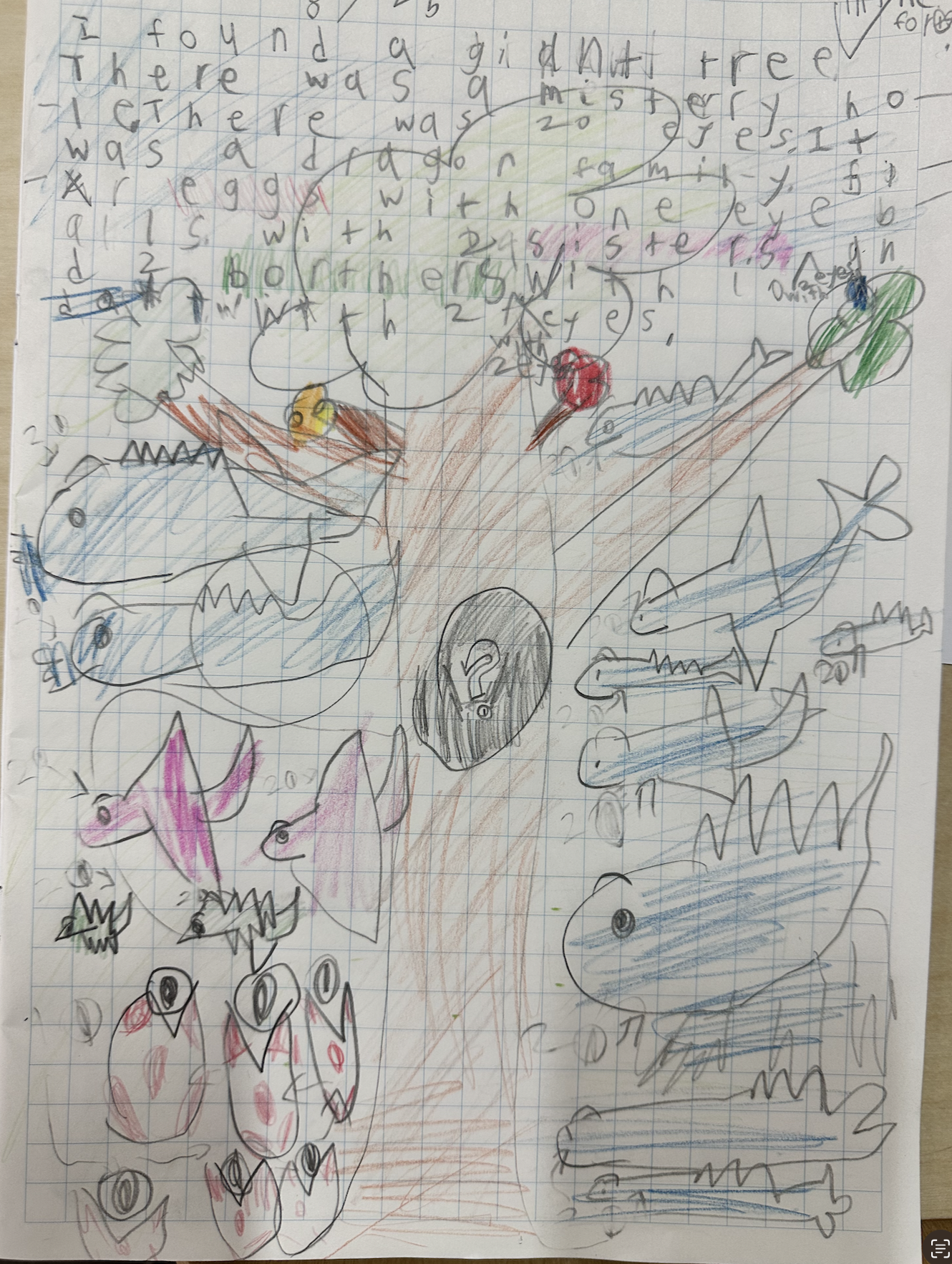

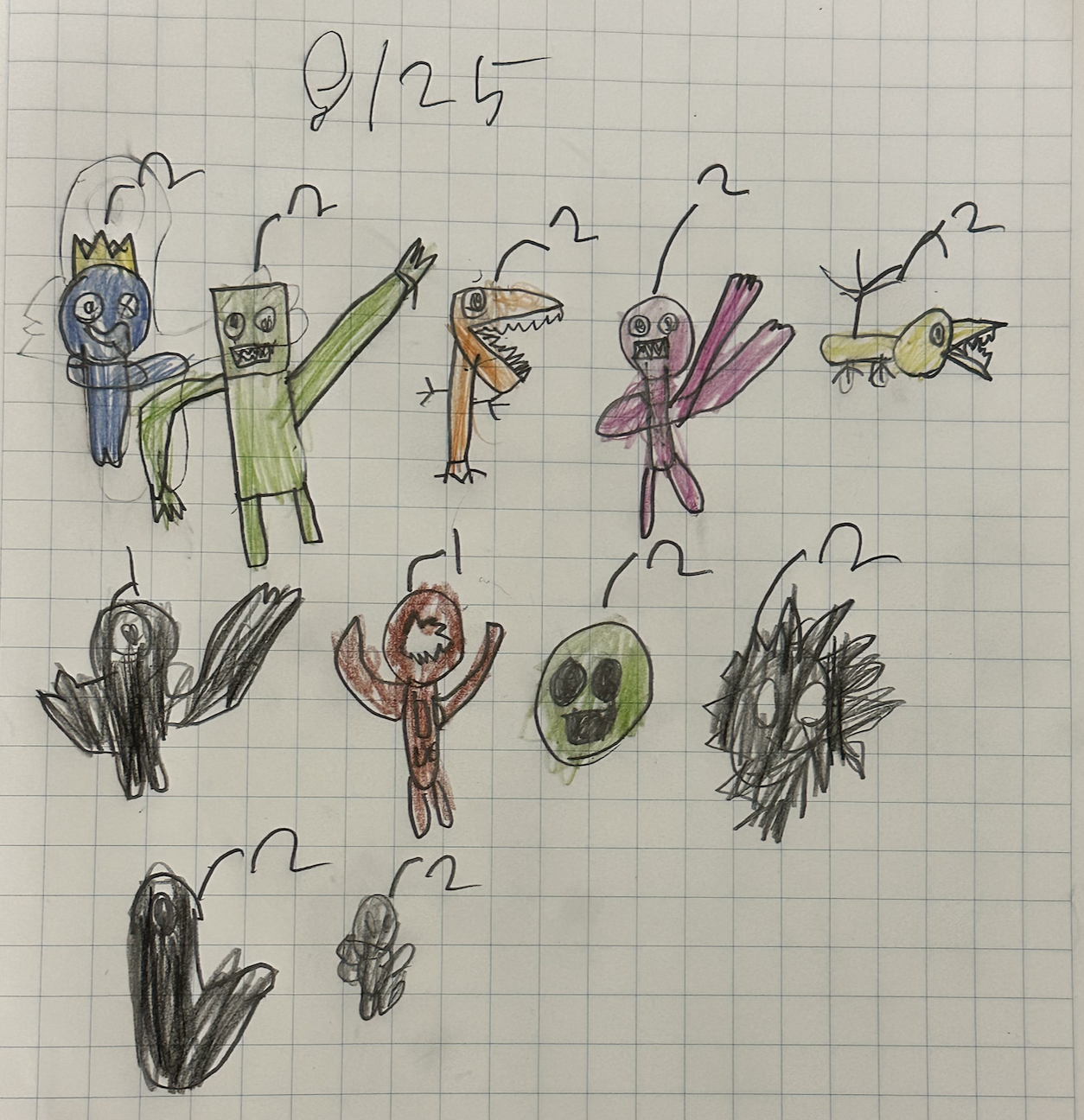
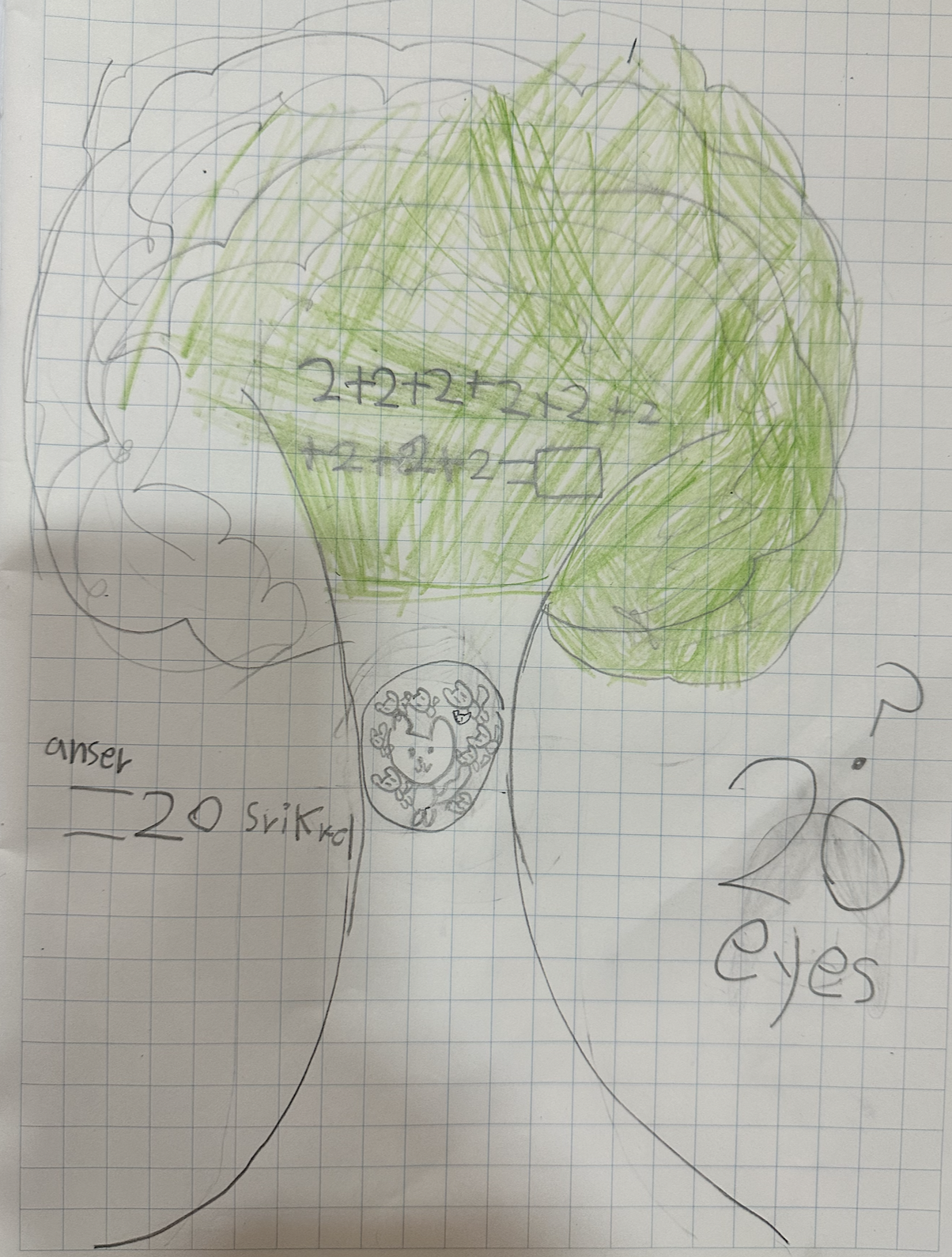
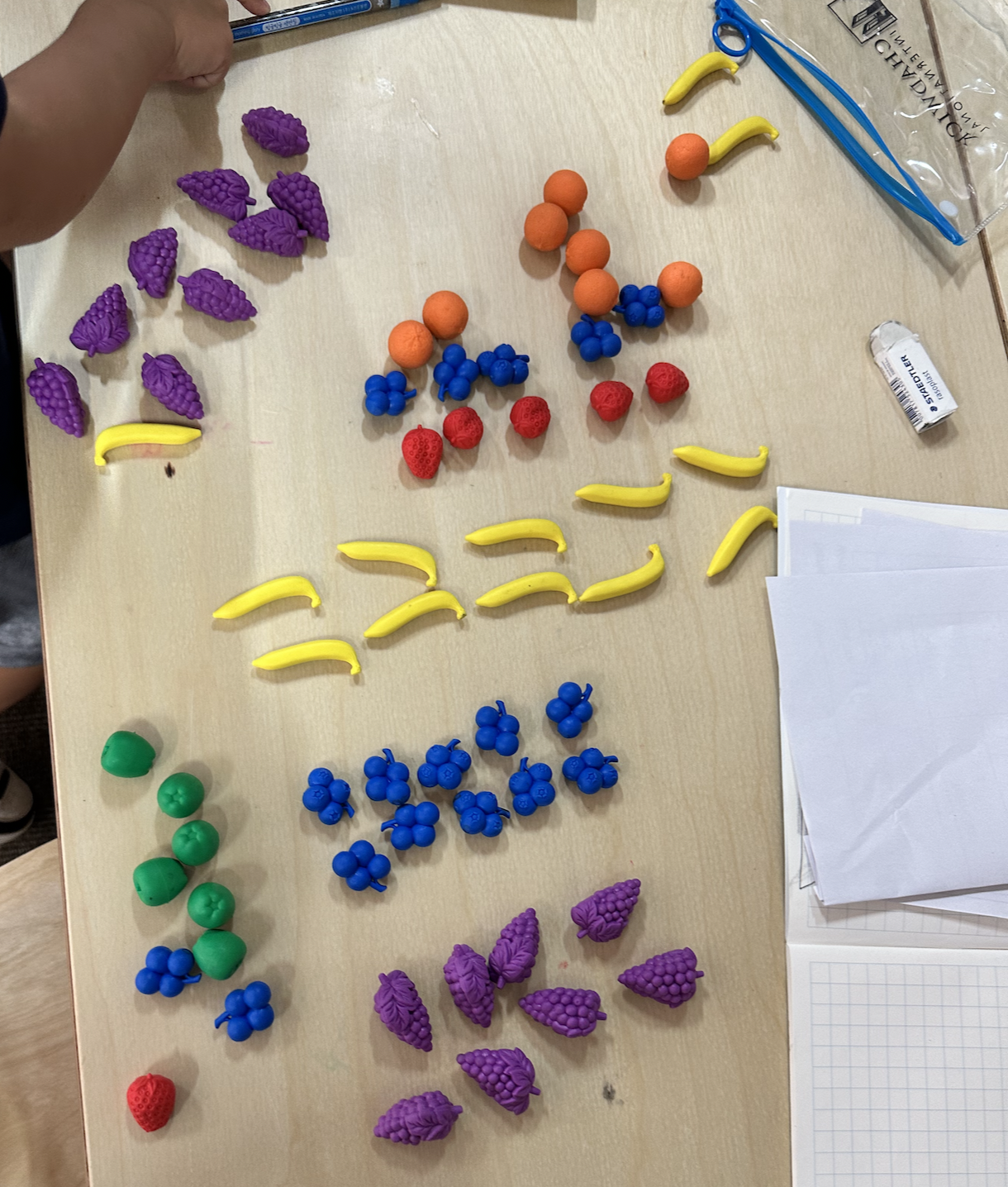
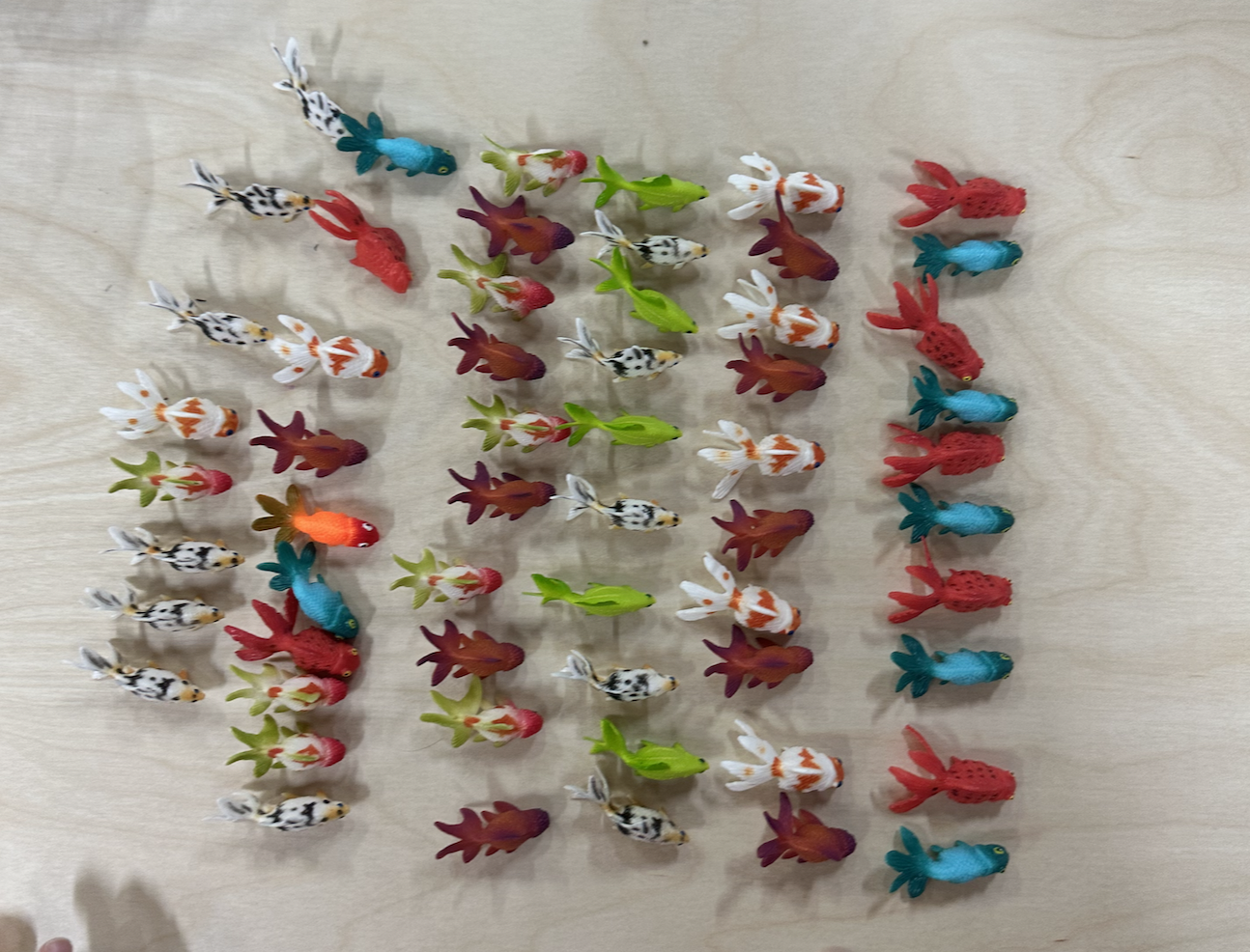
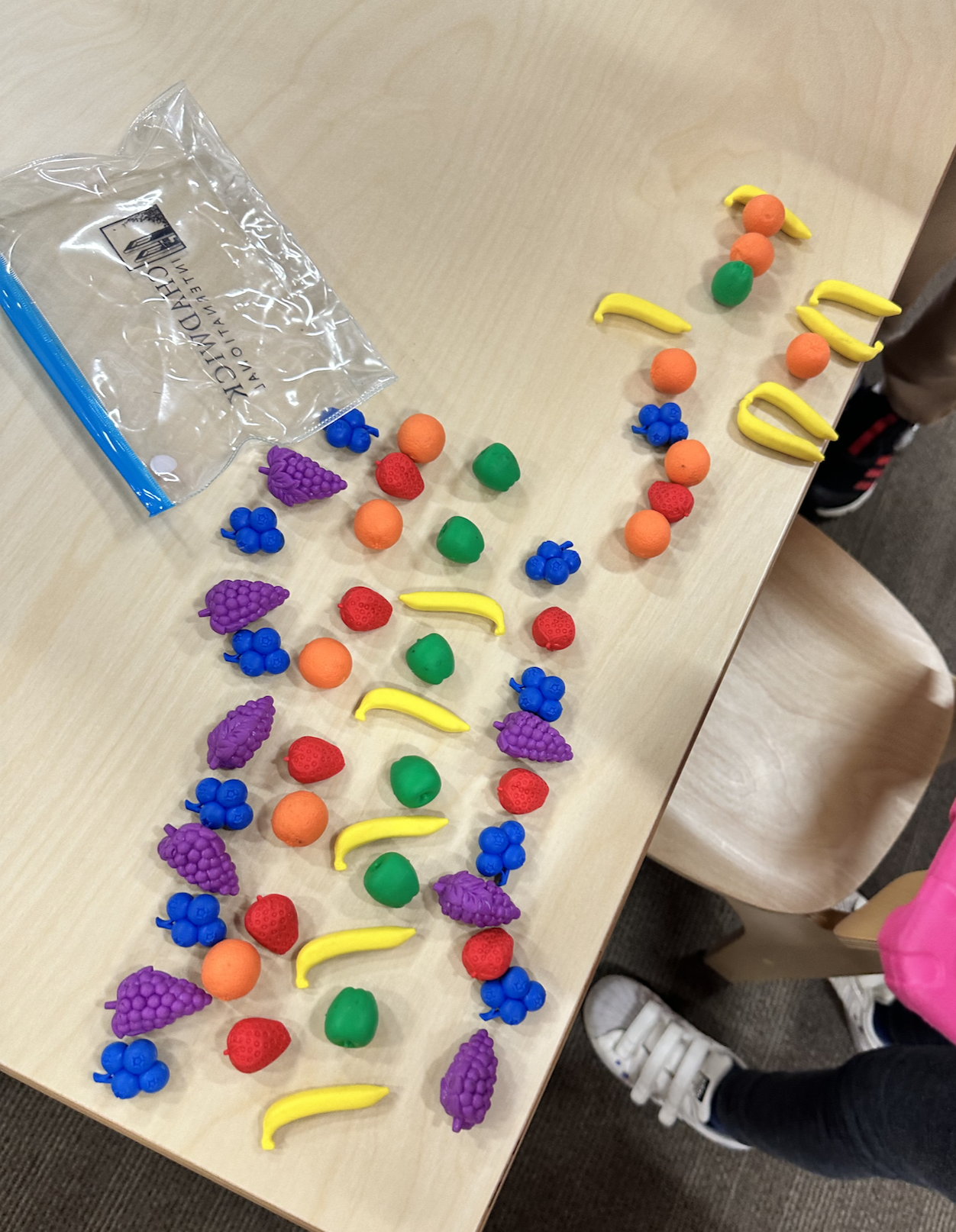
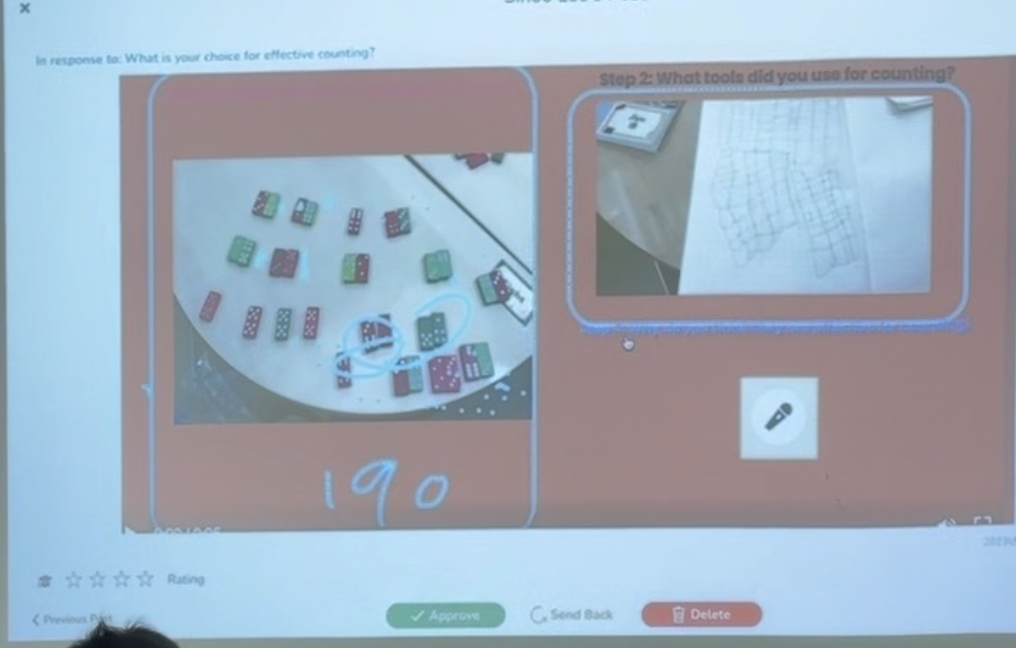
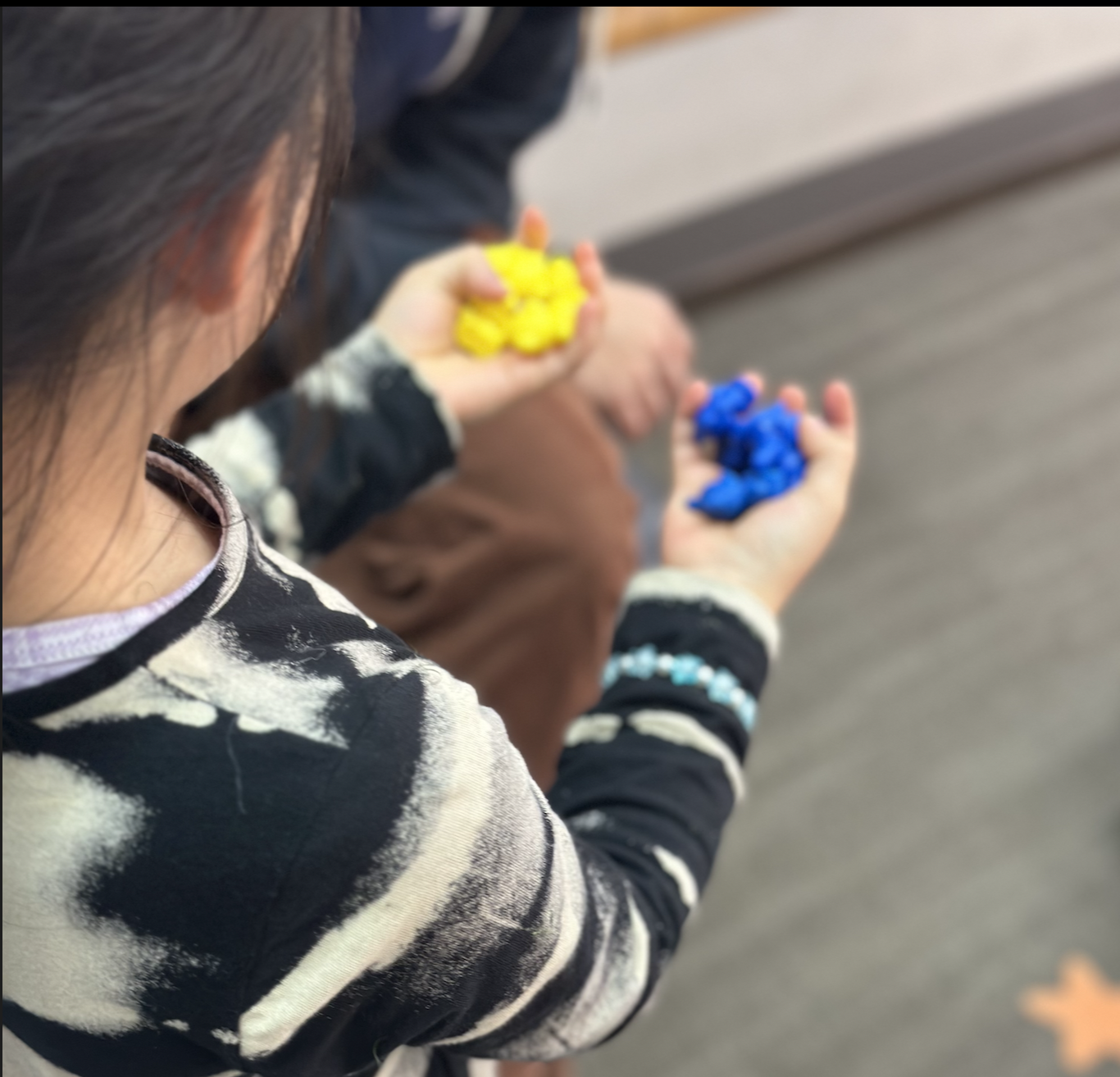
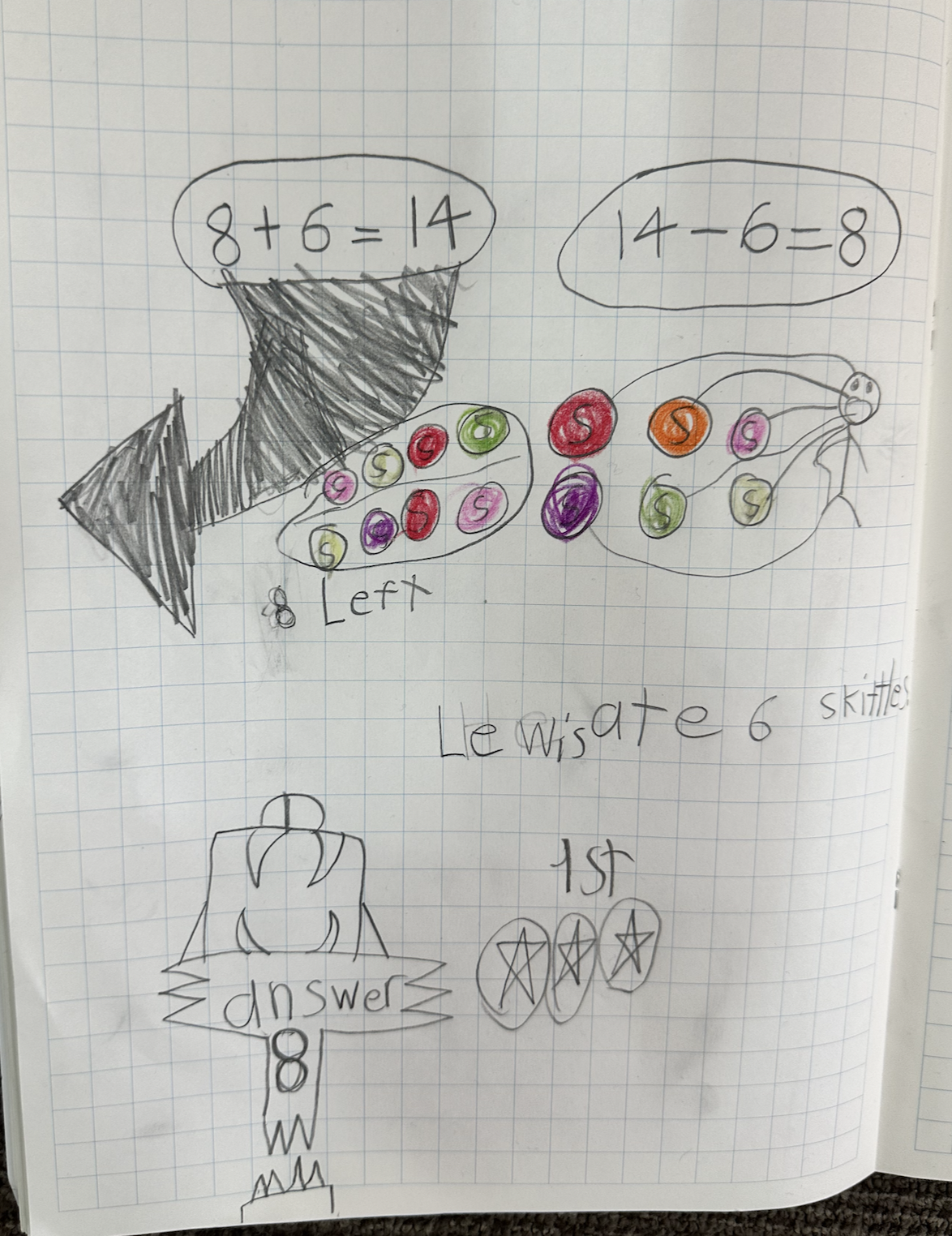
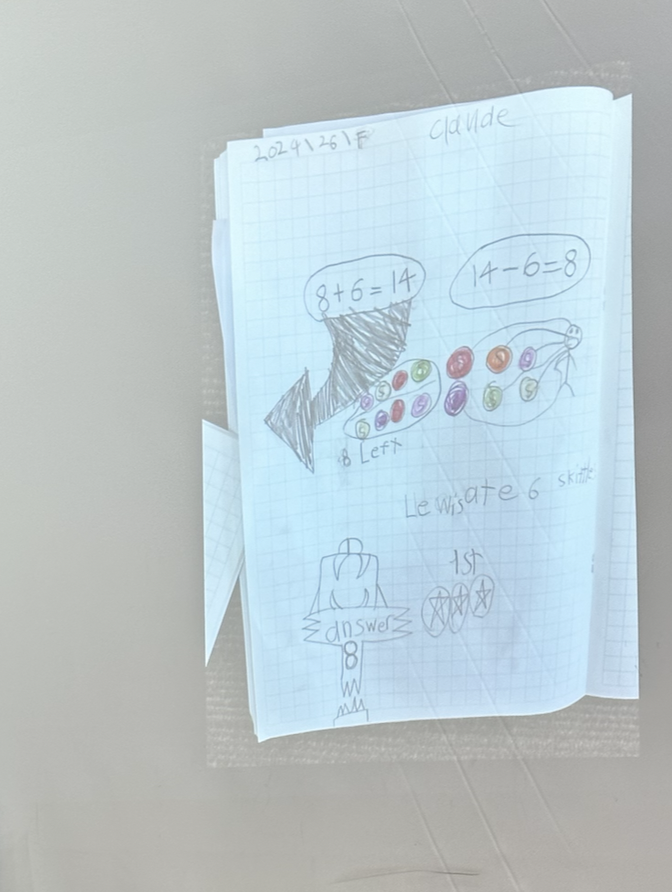
The Lesson Plan: Building Stories Through Play
Target Age Range:
Children aged 3–8, with activities and discussions adjusted to suit developmental stages.
Concepts:
Storytelling
Mathematical Thinking
Problem-Solving
Objectives:
To encourage creative storytelling while integrating mathematical concepts.
To develop language, communication, and problem-solving skills through play.
To foster collaboration and peer learning in an engaging and open-ended environment.
Materials Needed:
Manipulatives: blocks, LEGO, playdough, toy animals, and other objects
Journals or drawing paper
Markers, crayons, or pencils
Projector or document camera
Steps:
Set Up the Play Environment:
Arrange manipulatives and objects on tables or in play areas.
Provide a variety of materials to inspire creativity and exploration.
Encourage Storytelling Through Play:
Allow students to freely explore and create with the materials.
Engage with students by asking open-ended questions:
“What is happening in your story?”
“Who are the characters, and what are they doing?”
“How many items, blocks, or characters are in your story?”
“Is there a problem in your story? How can it be solved?”
Transition to Story Journals:
After playtime, invite students to draw and write about their stories in their journals.
Encourage them to include a math-related problem in their story, such as counting objects, comparing sizes, or solving a sharing problem.
Share Stories as a Class:
Use a projector or document camera to display students’ drawings and stories.
Facilitate an open discussion where students share their stories, ask questions, and offer ideas to their peers.
Reflect and Extend:
Reflect as a class on what they learned through their stories:
“What was the most fun part of creating your story?”
“What math ideas did you use in your story?”
“What did you notice in your friends’ stories?”
Encourage students to think of new stories or expand on their current ones in future play sessions.
Why This Supports Students’ Thinking and Conceptual Understanding
Fostering Creativity and Math Integration:
This lesson integrates storytelling with mathematical concepts like counting, comparison, and problem-solving. The open-ended activity promotes creativity, imagination, and critical thinking.
Encouraging Communication and Collaboration:
Students enhance their communication skills by sharing their stories and engaging in discussions. Collaborative storytelling fosters active listening and respect for peers’ ideas.
Building Problem-Solving Skills:
Through identifying and solving problems in their stories, students practice reasoning and develop flexible approaches to challenges.
Making Math Relevant:
By rooting math in play and stories, students see the relevance of math in their creations, making abstract concepts tangible and relatable.
Inspiring Peer Learning:
Class discussions inspire students by exposing them to diverse ideas and perspectives, encouraging further exploration and creativity.
By connecting math concepts to storytelling through play, educators create a dynamic, engaging environment that encourages curiosity, collaboration, and meaningful learning for young learners.
